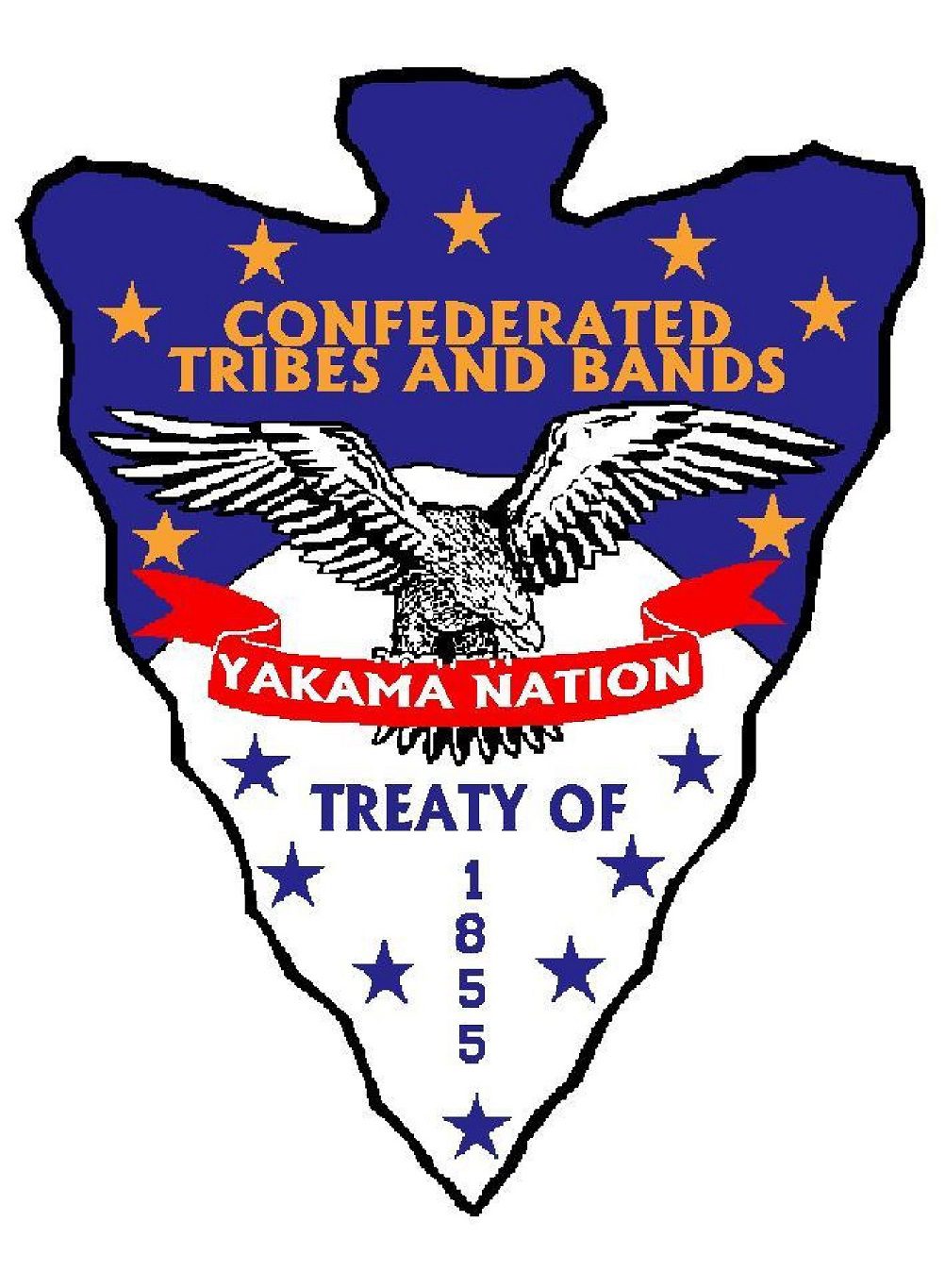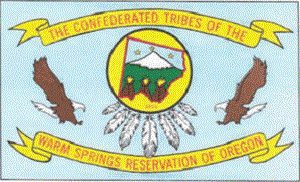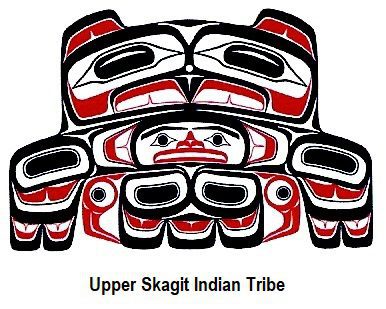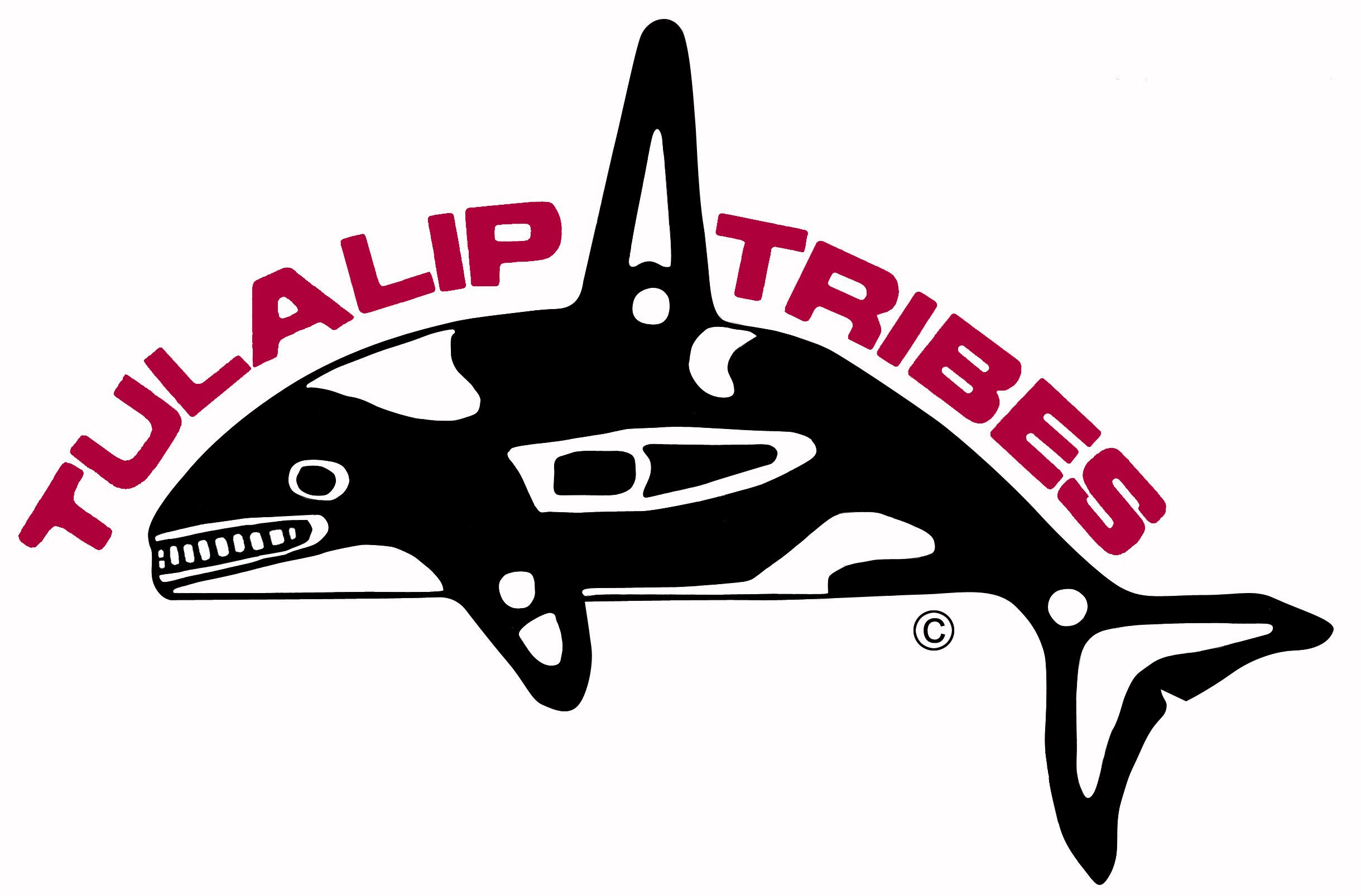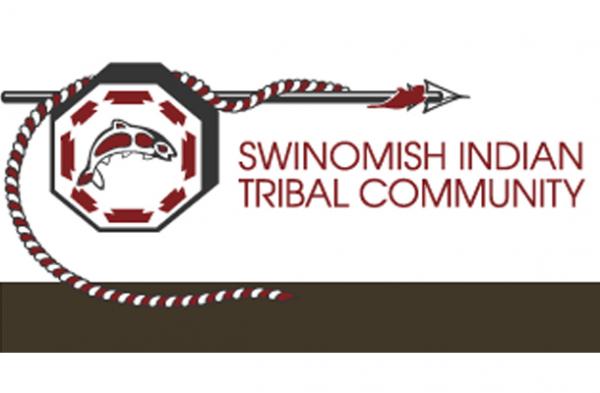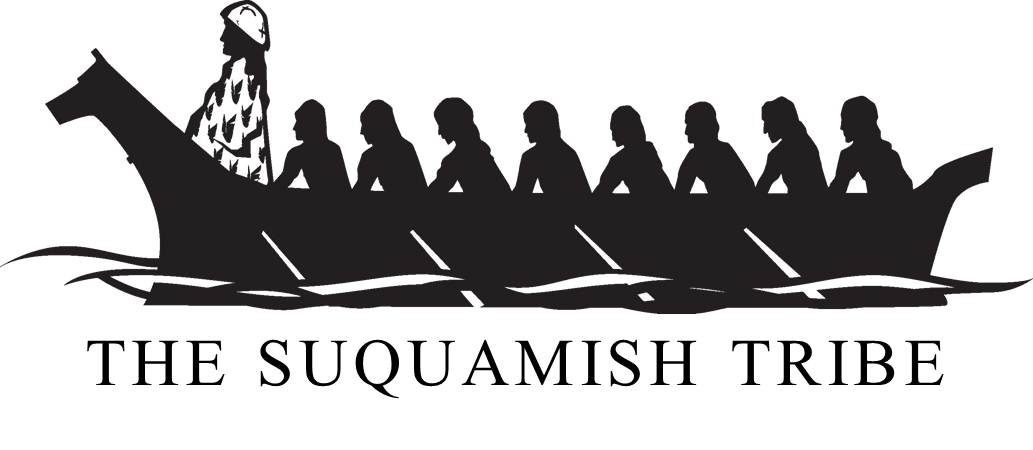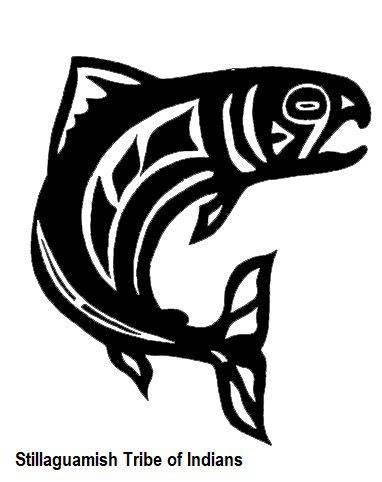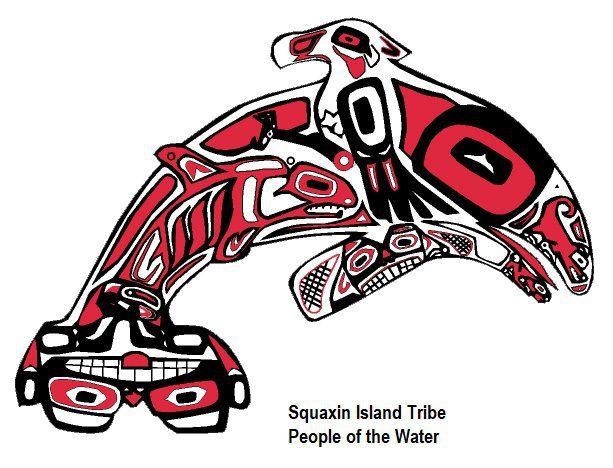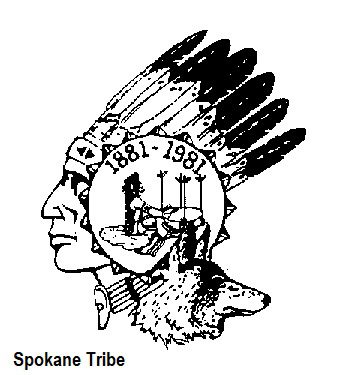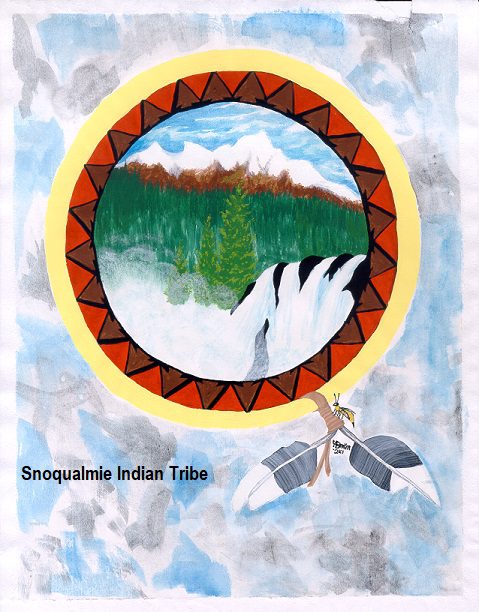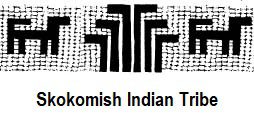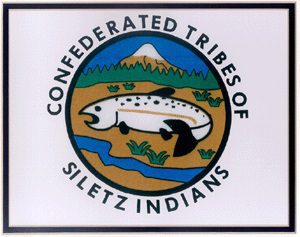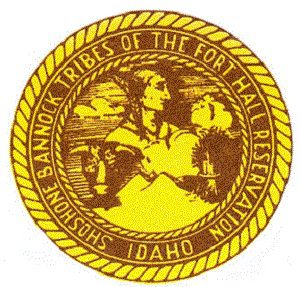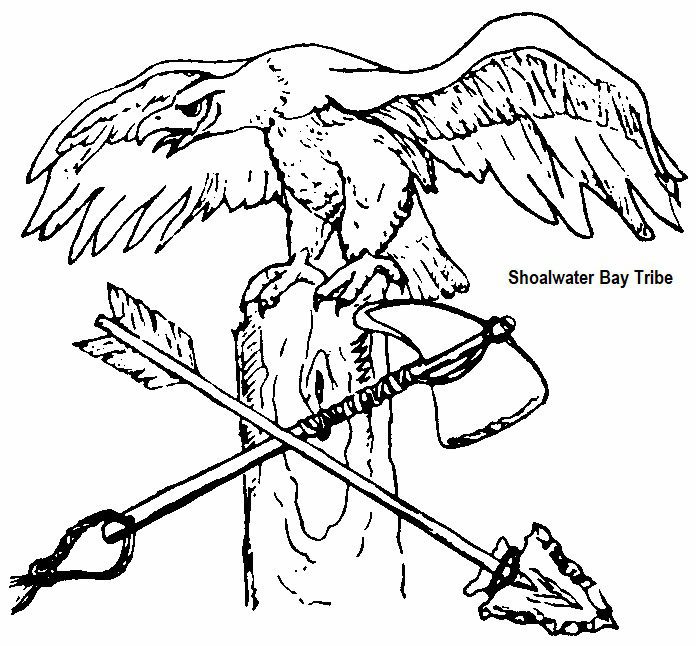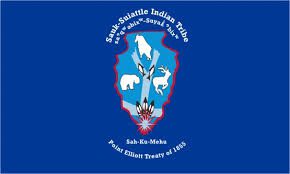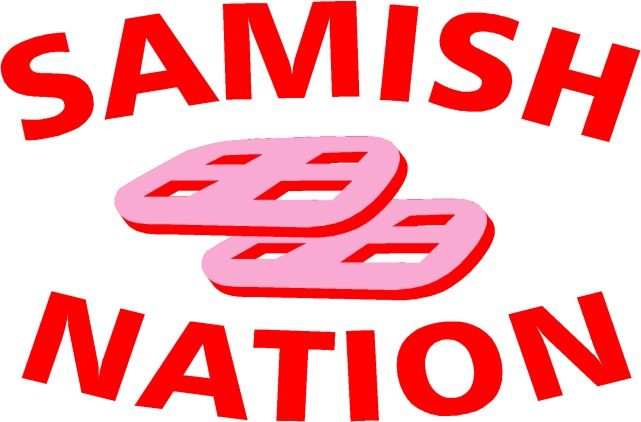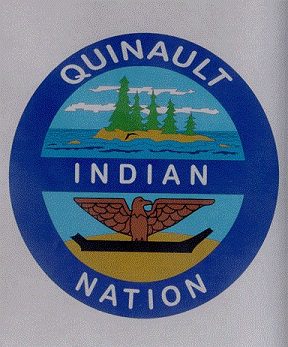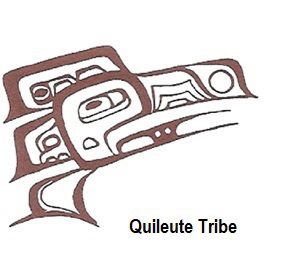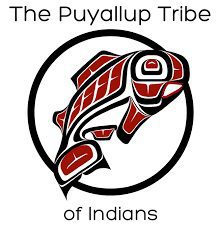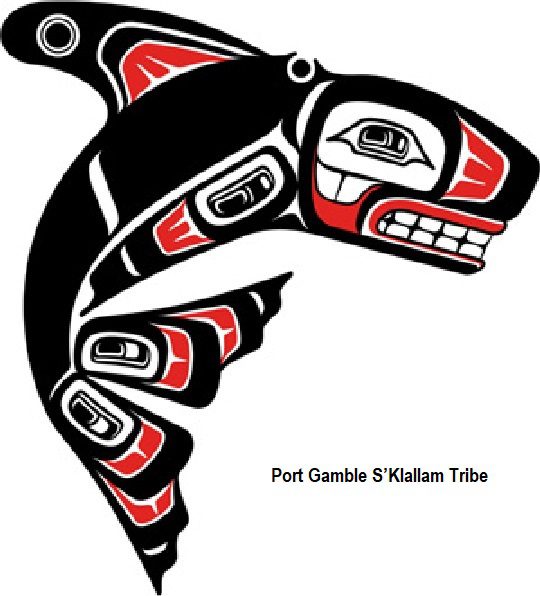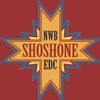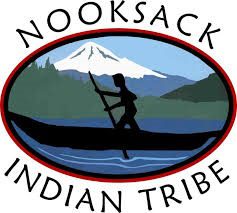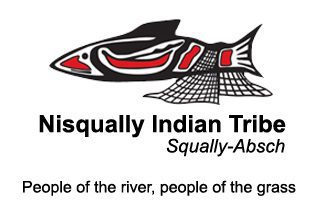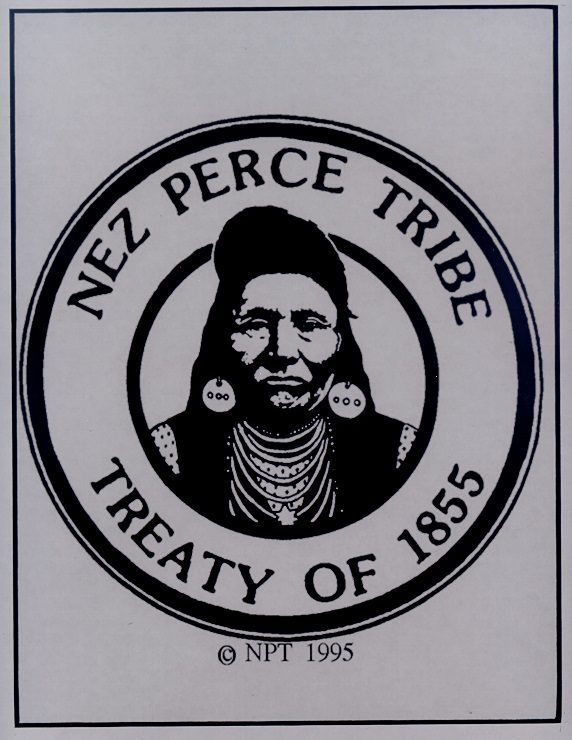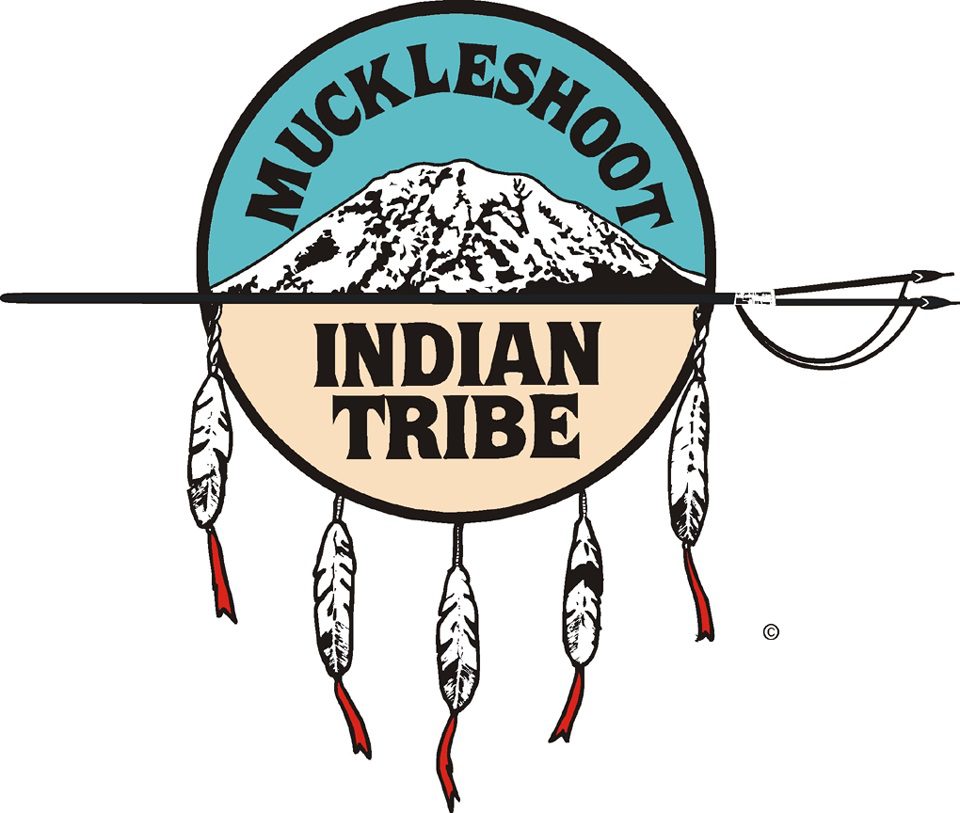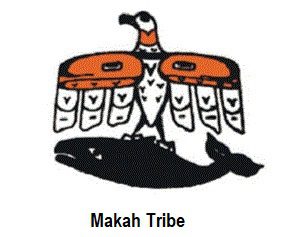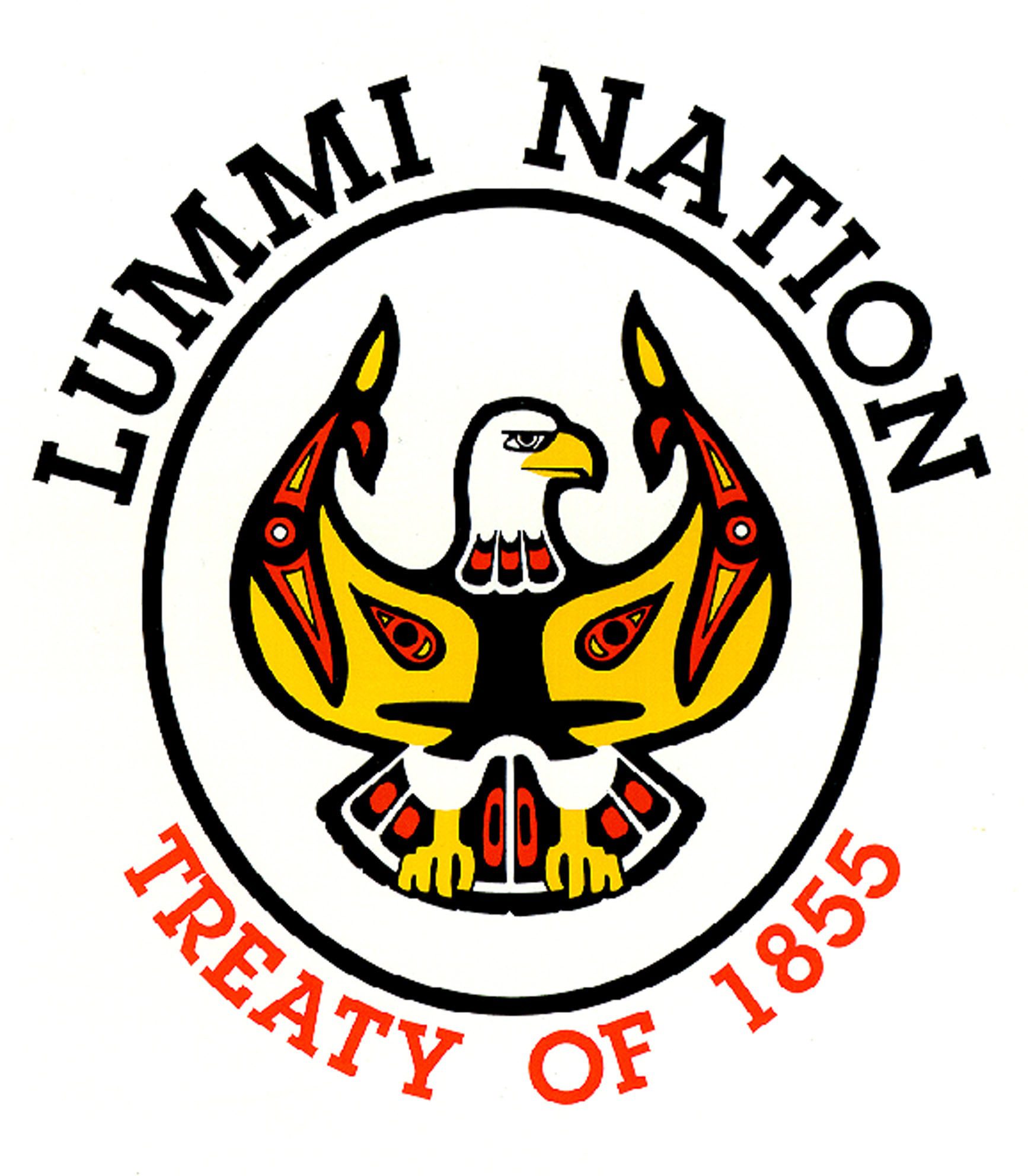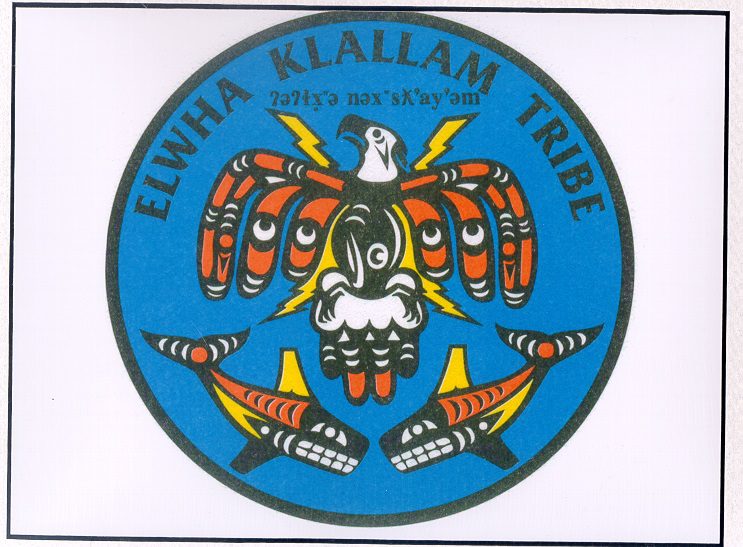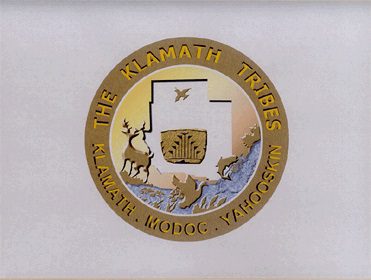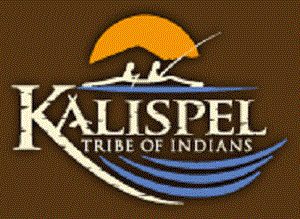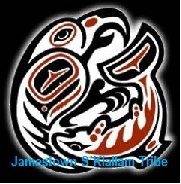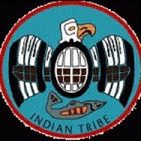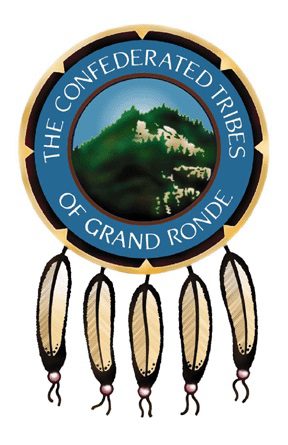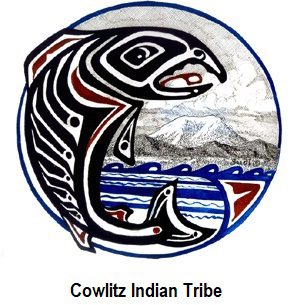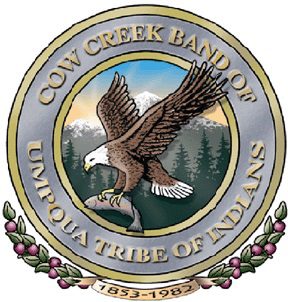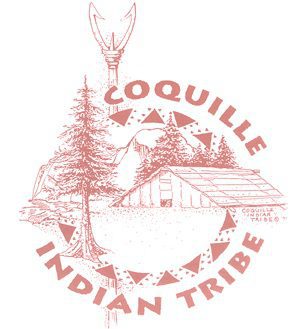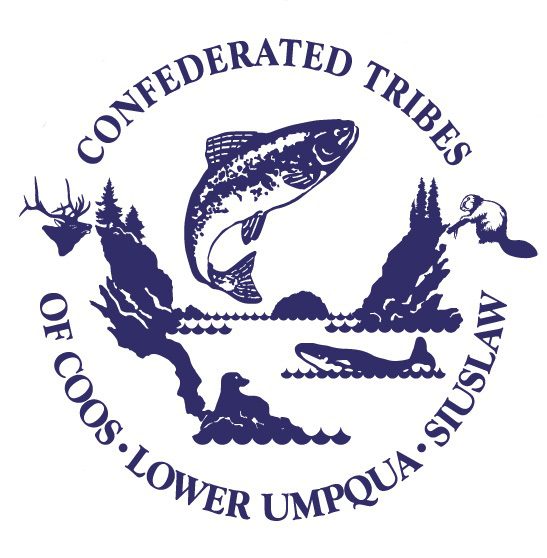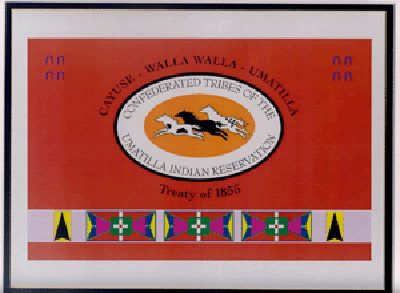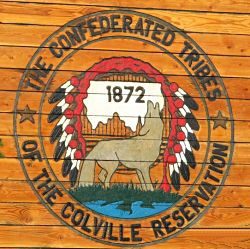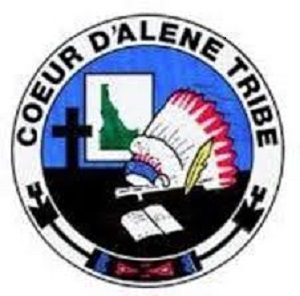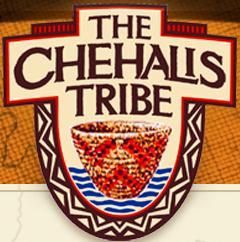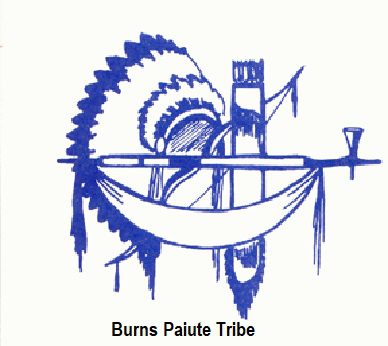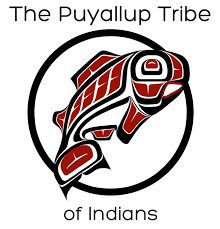A 29,000 square foot health facility was constructed next to the tribal offices in Grand Ronde and opened in the fall of 1997. The Tribe employs a number of physicians, nurse practitioners, dentists and assistants. The Tribe also utilizes the contractors. The Grand Ronde have developed a master plan for delivery of health services. The Grand Ronde Health Department is operated in the community of Grand Ronde under the Tribe’s Human Services Division. This Division provides services including outpatient medical services, dental services, chemical dependency outpatient counseling, mental health outpatient services, vocational rehabilitation services, optometry, CHS, medical billing, and administration and support. The Health & Wellness Center also offers community health education and senior meals. Some tribal members use the Chemawa Clinic near Salem. 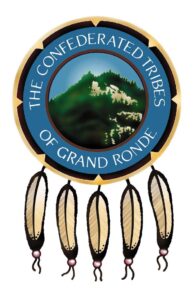
The Confederated Tribes of Grand Ronde have also developed a headquarters facility in Grand Ronde, Oregon. The facility includes a ±30,000 SF Health and Wellness Center, which serves the local community. The Health and Wellness Center is a cross-shaped, wood‑framed structure that is two-story in the central portion and single‑story around the perimeter.
Appointments are available for physical examinations, well child exams, immunizations, and health assessments, all levels of primary care, referrals, patient education, family planning, and preventative services. When appropriate, we refer patients to other departments within the Health & Wellness Center or out to a specialist in the surrounding community. The Medical Clinic provides comprehensive out-patient medical care to Tribal Members, other Native Americans, non-native employees of the Confederated Tribes of Grand Ronde, and surrounding community members.
The Confederated Tribes of Grand Ronde Behavioral Health Program (CTGR-BHP) is a fully integrated outpatient mental health and alcohol & drug assessment and treatment program licensed by the State of Oregon. Assessment is the formal process of evaluating a client’s needs for counseling or referral. Mental health clients are eligible for evaluation for psychotherapy, and psychiatric medication management of behavioral disorders.
Emphasis is on a culturally sensitive method that respectfully integrates tribal spirituality and cultural awareness into the full range of behavioral health assessment and treatment.
The Confederated Tribes of the Grand Ronde Community of Oregon (CTGR) consists of twenty-seven Native American tribes with long historical ties to present-day Western Oregon between the western boundary of the Oregon Coast and the eastern boundary of the Cascade Range, and the northern boundary of southwestern Washington and the southern boundary of Northern California.
The Tribes that make up the Confederated Tribes of Grand Ronde are Chasta, Rogue River, Umpqua, Molalla and Kalapuya. These are the surviving tribes of the original 29 bands that found their way to this area in the late 1800’s. Along with termination, the 60,000+ acres of land that had been given in seven treaties was also taken leaving the Tribe with only 1/5 acres of the Tribal cemetery. After many years of campaigning and dedication, the Tribe was federally recognized in 1983. Since that time, the Tribe has worked to regain what was once promised by purchasing back land that was sold when the Tribe was terminated. To date, they have reacquired just over 12,077 acres of the original 60,000+ acre reservation.
President James Buchanan’s executive order of June 30, 1857, officially established the Grand Ronde Indian Reservation. In 1857, about two-thirds of the Rogue River Indians moved to the newly built Siletz Agency to join the southern Oregon and coastal tribes on the Coast Reservation, which had been established in 1855.
Ancestors of the Confederated Tribes of Grand Ronde lived in the Willamette Valley, the surrounding mountains, and the northern portion of the Oregon Coast. They maintained a culture similar to the coastal cultures of whom they are a part. Beginning in 1856, the US government removed over 20 Indian bands from their homelands and relocated them on the Grand Ronde Indian Reservation. This reservation was established pursuant to treaty arrangements in 1855 and an Executive Order of June 30, 1857. The reservation contained approximately 60,000 acres and was located on the eastern side of the Coast Range of Mountains on the headwaters of the Yamhill River in the Willamette Valley, about 60 miles southwest of Portland and about 25 miles from the ocean. The Confederated Tribes of Grand Ronde were restored to federal recognition on November 22, 1983, having been terminated in 1954.
Despite opposing pressure from the regional fishing and hunting lobbies, Congress passed the Grand Ronde Restoration Act (25 U.S.C. 713 et seq.) and Pres. Ronald Reagan signed it into law on September 22, 1983. On September 9, 1988, Congress restored 9,811 acres of the original reservation by passing the Grand Ronde Reservation Act (25 U.S.C. 713f note; 102 stat. 1594).
In early 1989 the Tribes successfully acquired a 11,040 acre reservation, mostly timber lands, near the town of Grand Ronde in Polk County. The Tribe’s territories include Washington, Marion, Yamhill, Polk, Tillamook, and Multnomah counties.
The community has an 11,040-acre (45 km²) Indian reservation, the Grand Ronde Indian Reservation, located in Yamhill and Polk counties.
Because the peoples had lived near each other and often spoke more than one language for use in trading, after they were grouped together in the 19th century on the reservation, they refined a creole language that became known as Chinook Jargon. Although long forced to speak English, the peoples are working to revive this as a native language named Chinuk Wawa and have produced native speakers through immersion programs for young children.
Historically the tribe had peoples speaking 27 distinct languages. Numerous members of these tribes could speak more than one language due to the proximity of many different tribes and their trading relationships. The Oregon Territory had one of the most linguistically diverse regions in the world. But on the reservation, most Native Americans began communicating using Chinook Jargon, the trade language. The Chinook Jargon was widely spoken throughout the Northwest among tribes and newcomers to the region. At Grand Ronde reservation, Chinook Jargon developed as a creole, a first language in most native homes. This language has persisted throughout the history of the tribe and through the termination era (1954-1983). During this period, children were being sent to Indian boarding schools and forced to learn English; all distinct tribal languages at Grand Ronde became extinct as their last native speakers died.
In the 1970s, Grand Ronde elders began teaching Chinook Jargon language classes in the community. In the 1990s the Confederated tribes of Grand Ronde regained federal recognition and sovereignty. In this period of renewal, and aided by revenues from the casino, they established a formal language program for children. Chinook Jargon was renamed as Chinuk Wawa (Talking Chinuk). The Grand Ronde tribe’s immersion language program has produced native speakers, joining another half dozen Native immersion language programs in such success. This program begins in preschool classes (Lilu) and continues into Kindergarten. The language program officials plan to expand the immersion program to a pre-8 grade program. This will create speakers of the language to help the language survive into perpetuity.
When the Indian Gaming Act was passed into law, tribal members voted to pursue gaming as a source of income and Spirit Mountain Casino was born. The casino opened its doors in October 1996, and in 1997 the formation of Spirit Mountain Community Fund was created in the long time tradition of potlatch.
On May 13, 1936, Grand Ronde joined many other tribes in the United States in establishing a constitution and bylaws under the Indian Reorganization Act (IRA), and the community elected officials and a tribal council under the new constitution. On August 22, 1936, the federal government ratified the Corporate Charter of the Confederated Tribes of the Grand Ronde Community of Oregon. The charter established a business committee to further the economic development of the reservation’s forest resources and land. These two documents helped people at Grand Ronde integrate into the local society by allowing them to make political and economic decisions for the tribe.
The elevation of Grand Ronde is 25-400 feet, the air temperature range is 52-54 degrees. The rainfall on average is 40-60 inches per year. The frost-free season is 165-200 days a year. The community economy is timber, tourism and tribal gaming. The actual reservation land elevation is at a range of 600 -2,000 feet.
Tribal website: http://www.grandronde.org/
Administration Phone: (800) 422-0232
Clinic website: https://www.grandronde.org/services/health-wellness/
Clinic Phone: (503) 879-2236
Confederated Tribes of Grand Ronde
Grand Ronde Health & Wellness Center
9605 Grand Ronde Road
Grand Ronde, OR, 97347
Phone: 503-879-2236
Fax: 503-879-2071
Email: GRHWC@grandronde.org
Webpage: http://www.grandronde.org
CTGR Portland Office:
4445 S.W. Barbur Blvd.
Portland, OR 97239
Tel: (503)-235-4230
Fax: (503)-239-8047
Email: portland@grandronde.org
Member Tribes
